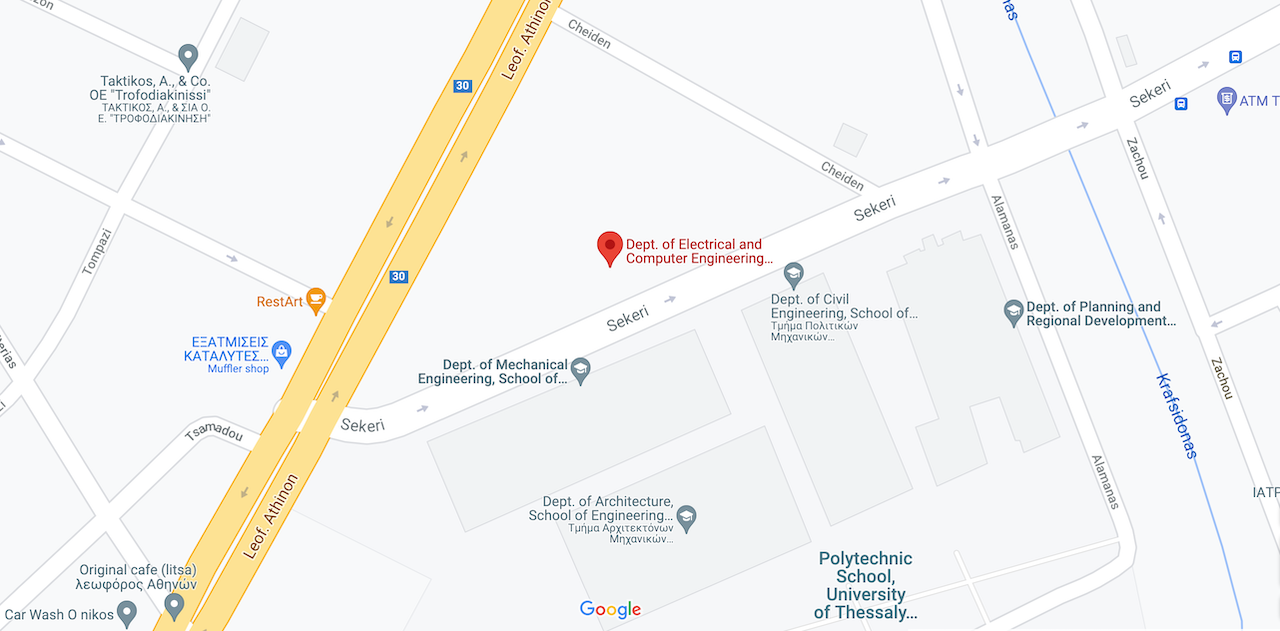Πρόγραμμα Εξειδίκευσης στην «Επιστήμη Δεδομένων»
Το Τμήμα Ηλεκτρολόγων Μηχανικών και Μηχανικών Υπολογιστών του Πανεπιστημίου Θεσσαλίας πρόσφατα δημιούργησε ένα νέο πρόγραμμα εξειδίκευσης που προσφέρει γνώσεις και πρακτικές δεξιότητες στην «Επιστήμη Δεδομένων».
Τα δεδομένα μεγάλου όγκου, ή αλλιώς «Μεγάλa Δεδομένa (Big Data)» που αξιοποιούνται για τη μοντελοποίηση και ανάλυση εμπορικών, επιχειρηματικών, βιομηχανικών, επιστημονικών, κοινωνικών και άλλων εφαρμογών με σκοπό τη βελτίωση της αποδοτικότητας τους αποτελεί το νέο «μαζούτ» της «οικονομίας της γνώσης». Ο όγκος των δεδομένων που συλλέγονται καθημερινά είναι πολύ μεγάλος και αντιστοιχεί σε πολλές δραστηριότητες, όπως τραπεζικές συναλλαγές, πιστωτικές κάρτες, δίκτυα αισθητήρων, κοινωνικά δίκτυα, δεδομένα τηλεφωνικών κλήσεων, δεδομένα διαδικτύου, μηχανές αναζήτησης πληροφορίας, εμπορικά δεδομένα, έξυπνα τηλέφωνα, φορητές συσκευές.




